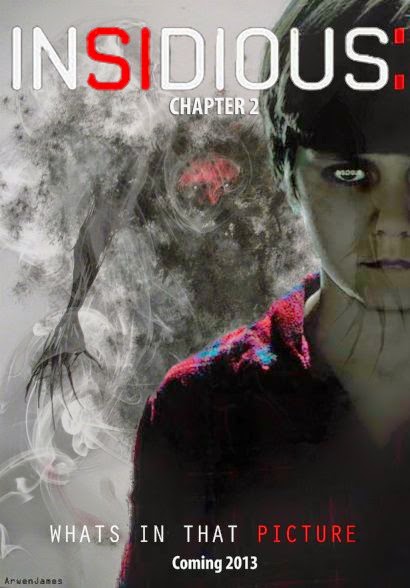Insidious 3 Full Movie In Tamil Dubbed

The unauthorized proliferation of copyrighted material continues to plague the entertainment industry, with the latest casualty being the 2015 horror film Insidious: Chapter 3. An illicit Tamil-dubbed version of the movie has surfaced online, raising concerns about copyright infringement and potential revenue loss for the film's creators and distributors. This illegal distribution underscores the persistent challenges faced by filmmakers in protecting their intellectual property in the digital age.
This article will delve into the ramifications of the unauthorized Tamil dub of Insidious: Chapter 3. We will be examining the legal implications, the impact on the film's rightful owners, and the broader context of digital piracy in the Tamil-speaking market. The scope includes analysis of potential sources of the leak, efforts to combat the online spread, and the consumer behavior that fuels such illicit activity.
The Copyright Conundrum
Copyright law protects the intellectual property rights of creators, including filmmakers, granting them exclusive control over the distribution and reproduction of their work. The unauthorized duplication and distribution of Insidious: Chapter 3, specifically the Tamil dubbed version, constitutes a clear violation of these rights.
Legal experts emphasize that those involved in creating, distributing, and consuming such pirated content could face legal repercussions. These range from civil lawsuits seeking damages to criminal charges depending on the scale and nature of the infringement.
Impact on Revenue and Industry
The availability of an illegal Tamil-dubbed version poses a significant threat to the film's potential revenue stream in the Tamil-speaking market. Piracy diverts viewers away from legitimate channels, such as theatrical releases, licensed streaming platforms, and official home media sales.
Industry analysts estimate that piracy costs the entertainment industry billions of dollars annually. This is forcing studios to increase their security measures and explore alternative distribution models to mitigate losses.
Tracing the Source and Combating Spread
Pinpointing the exact source of the leaked Tamil dub remains a challenge. Potential sources include unauthorized recordings during theatrical screenings, breaches within post-production facilities involved in dubbing, or even insider leaks.
Anti-piracy organizations, such as the Motion Picture Association (MPA), work with law enforcement agencies to identify and shut down illegal streaming sites and file-sharing networks. They also employ digital watermarking and other technological measures to track and prevent unauthorized distribution.
The Role of Technology and Consumer Behavior
The ease with which digital content can be copied and distributed online has fueled the rise of piracy. The proliferation of high-speed internet access and file-sharing platforms has made it easier than ever for individuals to access and share copyrighted material.
Furthermore, cultural attitudes towards copyright infringement vary across different regions. In some areas, piracy is often viewed as a victimless crime, particularly when legitimate access to content is limited or prohibitively expensive.
Perspectives on the Issue
Filmmakers and studios condemn piracy as a theft of intellectual property that undermines their creative endeavors. They argue that it stifles innovation and ultimately harms the entire film industry, including actors, writers, and other professionals.
Consumers who engage in piracy often cite factors such as affordability, accessibility, and convenience as justifications for their actions. Some argue that they would be willing to pay for legitimate content if it were priced more competitively and readily available in their preferred language.
"Piracy is not just a financial loss; it's a blow to the artistic integrity of the film and the hard work of everyone involved," says a representative from Blumhouse Productions, the production company behind Insidious.
Content creators are increasingly exploring innovative strategies to combat piracy, including offering more flexible pricing options, expanding distribution channels, and engaging with consumers in a more proactive manner. These efforts aim to address the underlying drivers of piracy and make legitimate access to content more appealing.
Looking Ahead
The fight against digital piracy is an ongoing battle that requires a multi-faceted approach. This involves strengthening copyright laws, improving enforcement efforts, and raising public awareness about the ethical and economic consequences of piracy.
Technological advancements, such as blockchain-based content protection systems, offer promising solutions for securing digital content and preventing unauthorized distribution. Ultimately, a collaborative effort involving filmmakers, distributors, consumers, and policymakers is crucial to creating a sustainable ecosystem for the entertainment industry.
The unauthorized Tamil dub of Insidious: Chapter 3 serves as a stark reminder of the challenges facing the entertainment industry in the digital age. It highlights the need for continued vigilance and innovation in the fight against piracy to protect the rights of creators and ensure the future of filmmaking.Piracy is a never ending cat and mouse game.


















